Bees are not just the world’s most important pollinators—they’re also incredibly diverse, with thousands of fascinating species adapted to almost every ecosystem on Earth. Want to know which are the main types of bees, what they’re called, and how they differ? In this article, we introduce the primary bee families, their typical representatives, and what makes each group unique. Dive in to discover the wonderful diversity of bees!
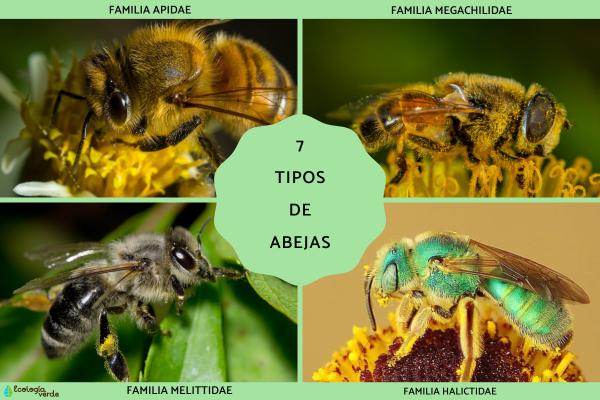
Family Apidae (Honey Bees, Bumblebees, Orchid Bees, Stingless Bees, Digger Bees)
Family Megachilidae (Leafcutter Bees, Mason Bees)
Family Melittidae (Melittid Bees, Oil-Collecting Bees)
Family Colletidae (Plasterer Bees, Polyester Bees)
Family Andrenidae (Mining Bees, Andrenid Bees)
Family Halictidae (Sweat Bees)
Family Stenotritidae (Stenotritid Bees)
Typical Members: Honey bees, bumblebees, stingless bees, orchid bees, digger bees
The Apidae family is the largest and most well-known bee family, including the classic honey bee (Apis mellifera), robust and fuzzy bumblebees (Bombus spp.), stingless bees (Meliponini), fragrant orchid bees (Euglossini), and ground-nesting digger bees (Amegilla spp.).
Most Apidae bees are highly social, with clearly defined castes: the queen lays eggs, worker bees gather pollen and care for larvae, and males appear mainly during the breeding season. Many species can produce honey. Some, like bumblebees and certain digger bees, have adaptations that allow them to forage at dawn or dusk, using large ocelli for low-light vision.
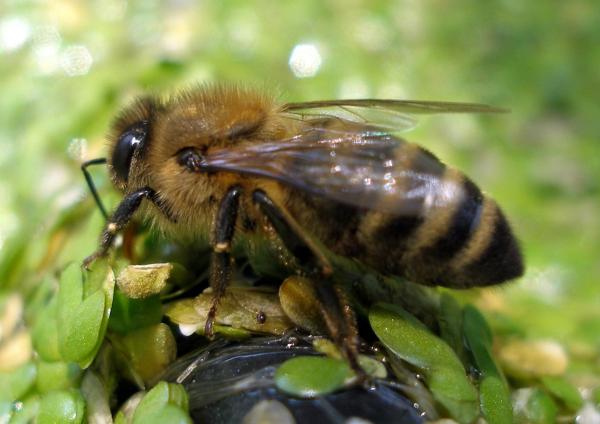
Key Features:
Large, robust, often hairy bodies
Many are vital pollinators and honey producers
Social structures are highly developed in many species
Some species, like the European dark bee, have distinctive dark coloration
Orchid bees collect floral scents, while others dig underground nests
Typical Members: Leafcutter bees, mason bees
Megachilidae bees break the stereotype that all bees are social. Most members of this family are solitary: every female is fertile and independently builds nests and provisions for her larvae, without a communal colony.
These bees have long tongues and a unique pollen-carrying structure (“scopa”) on their abdomen instead of their hind legs. As their names suggest, leafcutter bees cut neat pieces from leaves to line their nests, while mason bees use mud or plant resin to build walls.
Key Features:
Solitary lifestyle; no worker or queen caste
Active during the day
Construct nests in cavities, using leaves, petals, mud, or resin
Some species can parasitize the nests of other Megachilidae bees
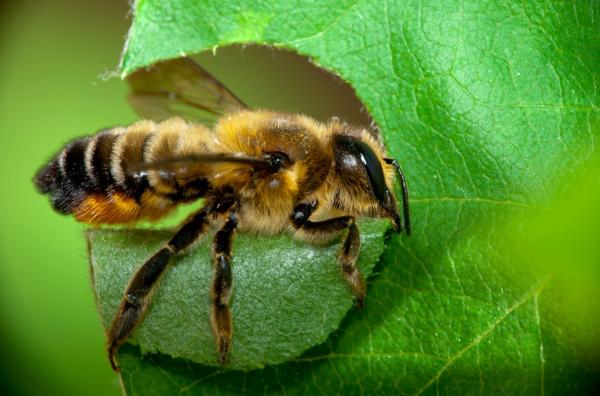
Typical Members: Melittid bees, oil-collecting bees
Melittidae bees are small to medium-sized and relatively uncommon. They are known for specializing in pollinating particular plant species, and some even collect floral oils. They are solitary and usually nest underground.
Key Features:
Highly specialized in pollen sources
Only found in the Northern Hemisphere and Africa
Diurnal (active during the day)
Small family with limited species diversity
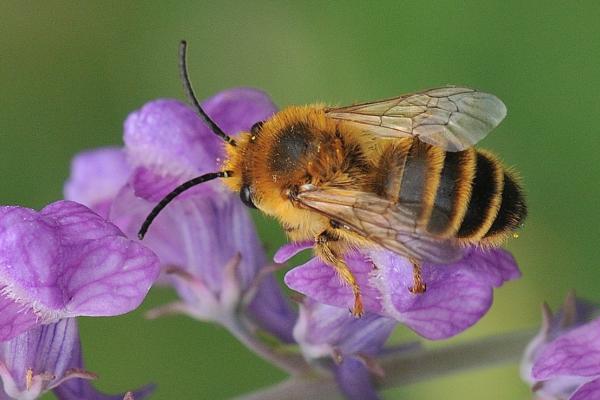
Typical Members: Plasterer bees, polyester bees
Colletidae bees are called “polyester bees” because they secrete a waterproof, polyester-like substance to line their underground nests. This transparent secretion, produced by a special gland, keeps nests dry and safe for larvae. They have a unique two-lobed tongue for applying the lining.
Key Features:
Solitary and often nest in the ground or wood cavities
No specialized pollen-carrying structures—pollen is transported in their mouths
Some species are active at dawn or dusk
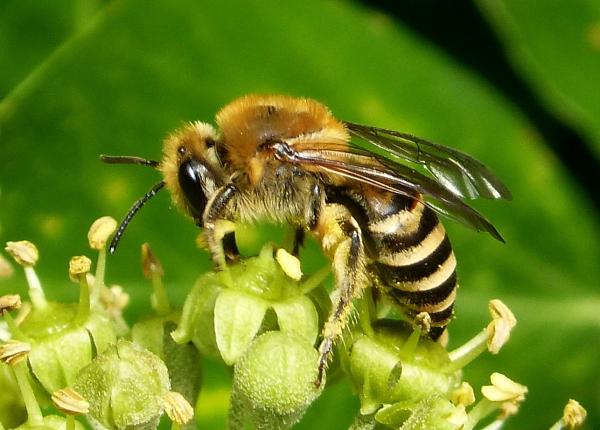
Typical Members: Mining bees, andrenid bees
Andrenidae bees are commonly known as mining bees because they excavate their nests in soil. They are solitary, non-parasitic, and often visit specific types of flowers. Andrenid bees are widely distributed across the world (except Australia) and thrive in arid or temperate regions.
Key Features:
Small to medium-sized, with yellow and black stripes
Underground nesters, important pollinators
Mostly diurnal, some active at dusk
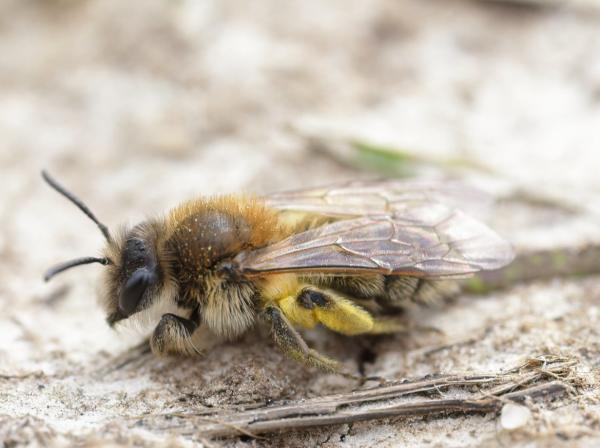
Typical Members: Sweat bees
Halictidae is the second-largest bee family, with a huge variety of species. Sweat bees get their name from their attraction to human sweat, which provides essential salts. They display a range of colors—from black with or without stripes to bright metallic greens and blues. Sweat bees can be social, solitary, or even parasitic.
Key Features:
Mostly small, with short tongues and distinctive wing veins
Cosmopolitan distribution—found worldwide
Most nest in the ground; some use rotting wood
Some resemble wasps more than bees due to a lack of scopa and sparse body hair
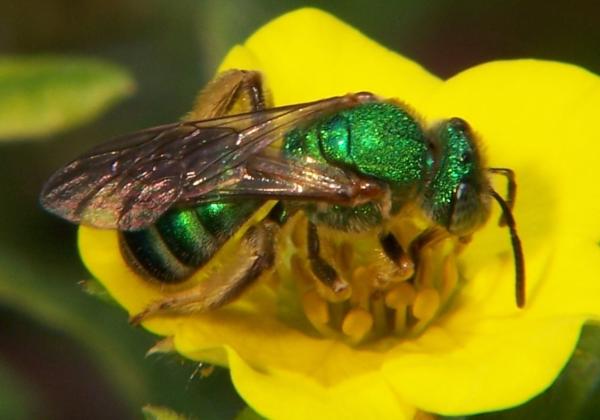
Typical Members: Stenotritid bees
Stenotritidae is the smallest bee family, with only two genera, found exclusively in Australia. These bees are large, very hairy, and fast-flying, collecting pollen from specific plants like eucalyptus.
Key Features:
Solitary, underground nesters
Only active during the day
Can be black, yellow-banded, or metallic green
Recognized by unique facial features and abundant hair
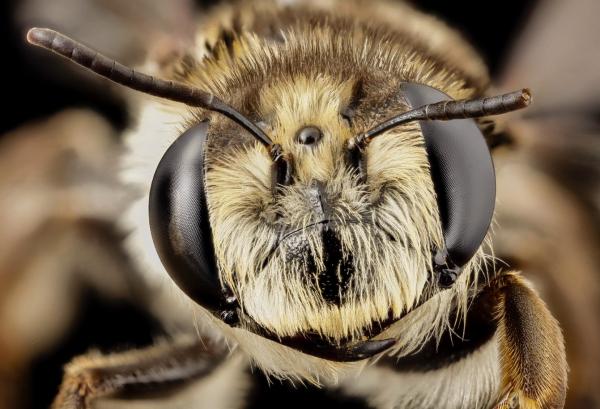
The world of bees is incredibly rich and complex. Each bee family, from honey bees to leafcutters and sweat bees, plays a unique role in our ecosystems—pollinating wildflowers, supporting agriculture, and producing honey and other valuable products. By understanding the diversity and characteristics of bee species, we can better appreciate—and protect—these vital insects.
animal tags: bee
We created this article in conjunction with AI technology, then made sure it was fact-checked and edited by a Animals Top editor.